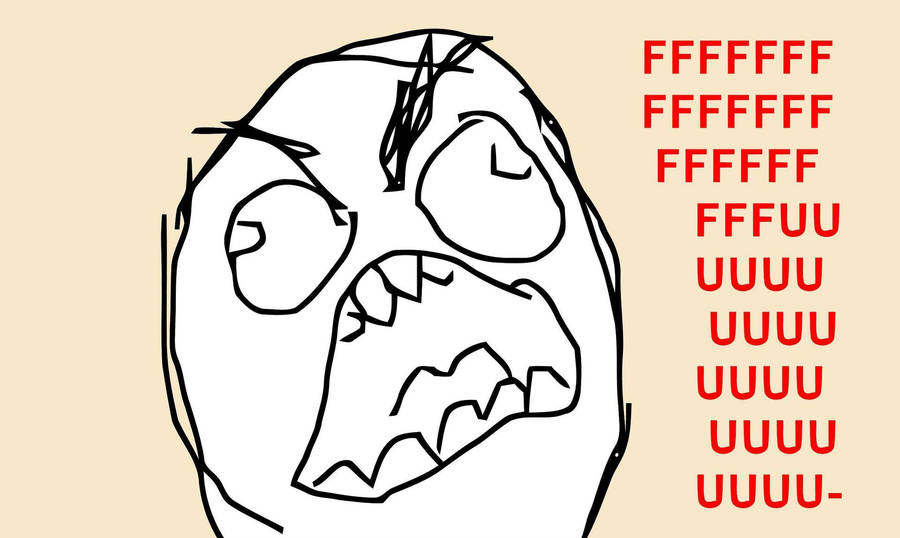Here’s the moment you’ve all been waiting for! After 10 weeks of researching and working towards the final research paper, I’ve finally created my multimodal project.

There were some unexpected technical difficulties with uploading the GIF so I’ve created a link where you can see my project. Click here to see the entire thing! 🙂
Before I explain what the project is all about, I want you to guess what each of the symbols and elements mean.
Spoiler Alert!
The corporate logos represent “ethical businesses” and the orange dots are pimples that represent corporate controversies. Now the blue and pink badaids were probably easy to guess that they represented male and female. However, the sizes of the bandaids may have been puzzling. The reason for having smaller pink bandages versus the large blue bandaids was to show that men are more response to business ethics classes which is why they cover more of the pimples compared to the pink bandaids. There are also more blue bandaids versus pink bandaids, and the reason for this is because there are less women majoring in business when compared to men. Also, just a small note, I included a title photo and caption photo before and after the GIF so that the GIF could stand alone and allow the audience to interpret the GIF without me having to explain what I was trying to portray. In short, I wanted to portray the idea of the gender gap in business schools and how that can have an affect on the effectiveness of business ethics courses.

Now, I would like to take the time to reflect on my English class and compare and contrast my writing experience with the blog, academic essays, and the multimodal project. Overall, I can confidently say that I have become a better writer who still has much to learn and improve on. However, through writing on this blog, I’ve noticed that my own voice is more prevalent here than in comparison to my academic essays. And what I mean by :voice” is me as an individual, or just plain, Beverlyn in her rawest form without dressing up. Although I have learned to include my own voice in my academic writing through metacommentary, it’s different because I have to carefully consider the words I choose to express my thoughts. As for the multimodal composition, I didn’t really write anything for the project itself. However, in terms of communicating my point across to the audience, I feel that the multimodal was the end product of practicing blogging throughtout this entire quarter. What I mean by this is that for every blog post, I included photos to enhance the topic and my argument. In relation to the multimodal project, I believe that blogging helped me to brainstorm a project that successfully gets my point across. In conclusion, despite the hours of sleep lost staying up, I realize how much this class has helped me become a better writer.
Image Credit
















